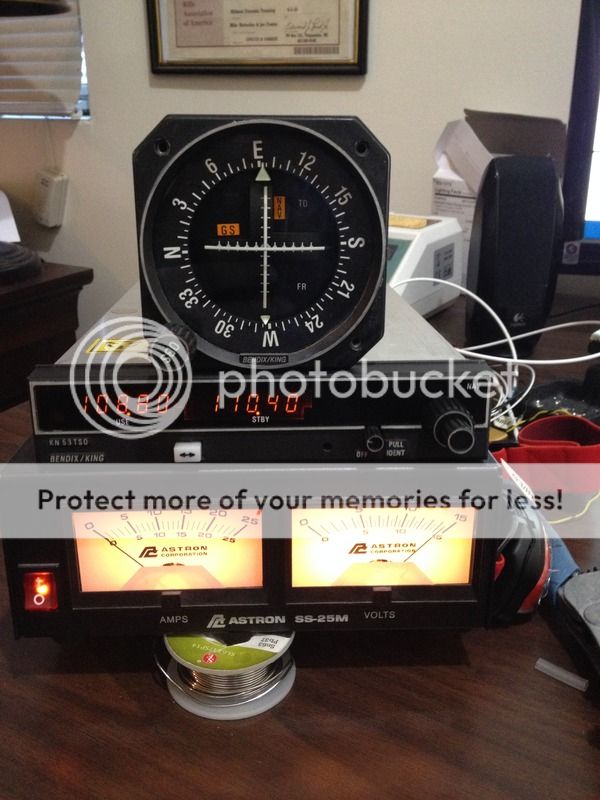korben88
Line Up and Wait
I would like to try to diagnose the issue with using my inline gopro audio cable but i don't want to have to burn fuel while I do it.
Is it okay to have the master and avionics on without the engine running?
Cessna 172
Is it okay to have the master and avionics on without the engine running?
Cessna 172

